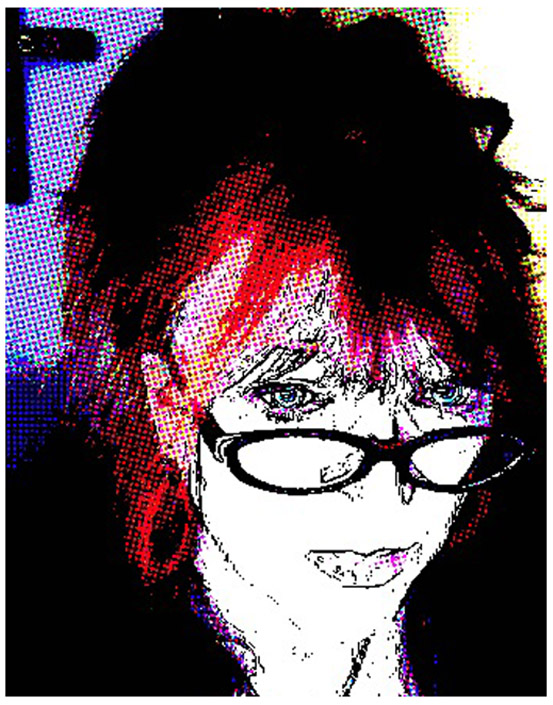espresso and existential doubt
"In the bohemian pockets of most major cities and college towns around the country in the 1950s, coffeehouses modeled upon European cafés emerged with foreign-film festivals and bookstores that sold imports of Henry Miller novels as outposts of intellectual and sensual dissent: the Blind Lemon in Berkeley, the House of Seven Sorrows in Dallas, the Green Spider in Denver, the Gas House in Los Angeles, the Laughing Buddha in St. Louis, the Drinking Gourd in San Francisco. "You could walk from New York to California by just stepping from one coffeehouse to another without touching ground," Oscar Brand joked. Their allure was conspicuously counter-American at a high point in the United States' world prominence - espresso and existential doubt, no cocktails, no glitz, an appealing combination to postwar college students seeking their own generational identity. The original sound of the milieu was jazz, a music recently abandoned by the mainstream American public. As folk surfaced, it spread into the coffeehouses; earthy, unpackaged, economical, and cool, it fit naturally with the Middle Eastern sweets and the cigarettes. In Cambridge, the center of artistic radicalism around Boston since James Russell Lowell wrote The Bigelow Papers in the 1840s, the first European-style coffeehouse opened in 1955; run single-handedly by its owner Tulla Cook, the Coffee Grinder was a dim, unadorned place, no larger than a living room, on Mt. Auburn Street, a block from Harvard Square. There were no performers, just Tulla's AM radio. At the coffeehouses that opened after it, the Cafe Yana, the Salamander, the Golden Vanity, the Unicorn, and Club 47 - music soon predominated. "One night I walked past the Cafe Yana and heard this jazz coming out and went inside - the room was full of conga drums," recalled guitarist Peter Rowan, who grew up in rural Massachusetts and visited Cambridge as a teenager. "Harvard Square was jazz music. It was mostly college people, and they were talking about William Burroughs and Allen Ginsberg, or trying to. It was turtlenecks and skinny girls. It was very Beat Generation. The next week I walked past and looked in the window, and some girl was playing the guitar, and there were fifty guys in tweed jackets smoking pipes sitting on the floor, and I said, 'Well, this is different.' " If the young scholars of Harvard Square were seeking something anti-intellectual as a respite from or a challenge to academic authority, they could no longer presume to find it in jazz, which had grown in esteem to be regarded as a highly advanced, serious music. In folk, however, Cambridge intellectuals could find all the anti-intellectualism they wanted.
Joan, Debbie, Betsy, and their friends spent nearly every night in the coffeehouses, soaking up the atmosphere and becoming familiar with the music and the Harvard boys. "If you were cool, that's what you did," Betsy recalled. "The best guys were there - that was the 'in' scene.""
From Positively 4th Street
The Lives and Times of Joan Baez,
The Lives and Times of Joan Baez,
Bob Dylan, Mimi Baez Fariña and Richard Fariña
by David Hajdu, pub. Farrar, Straus and Giroux, NY 2001
Labels: coffeehouses, Harvard Square, Joan Baez, Momo Lolo Coffee House




<< Home